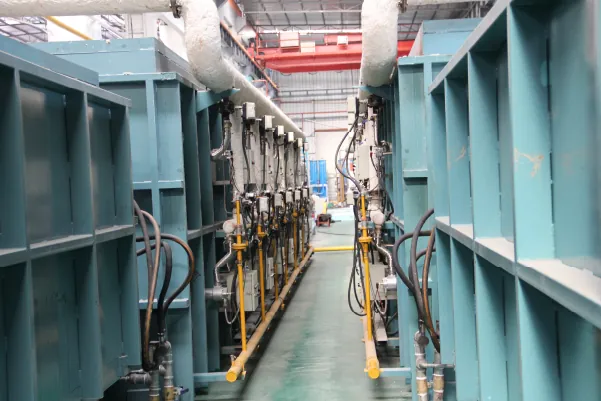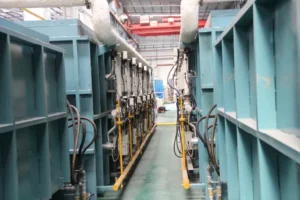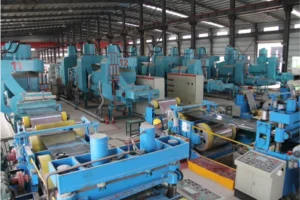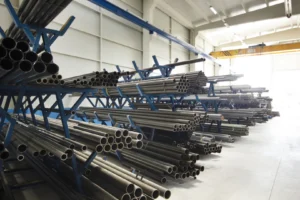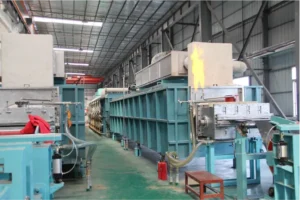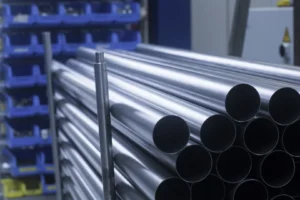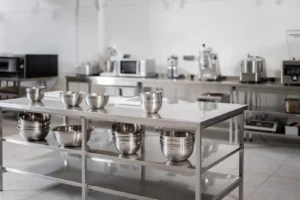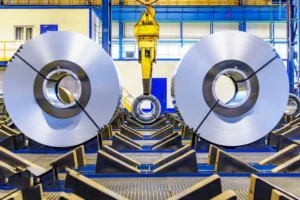How to Apply 430 Stainless Steel Coils in Appliances & Kitchenware
Choosing the right material for appliances is a constant challenge. You must balance cost, performance, and aesthetics. Grade 430 stainless steel coils offer a smart, strategic solution.
Applying 430 stainless steel coils involves understanding its ferritic properties, selecting the right finish for aesthetic and functional needs, preparing the material correctly, and using appropriate forming techniques like stamping and deep drawing to create durable, cost-effective, and appealing appliances and kitchenware.
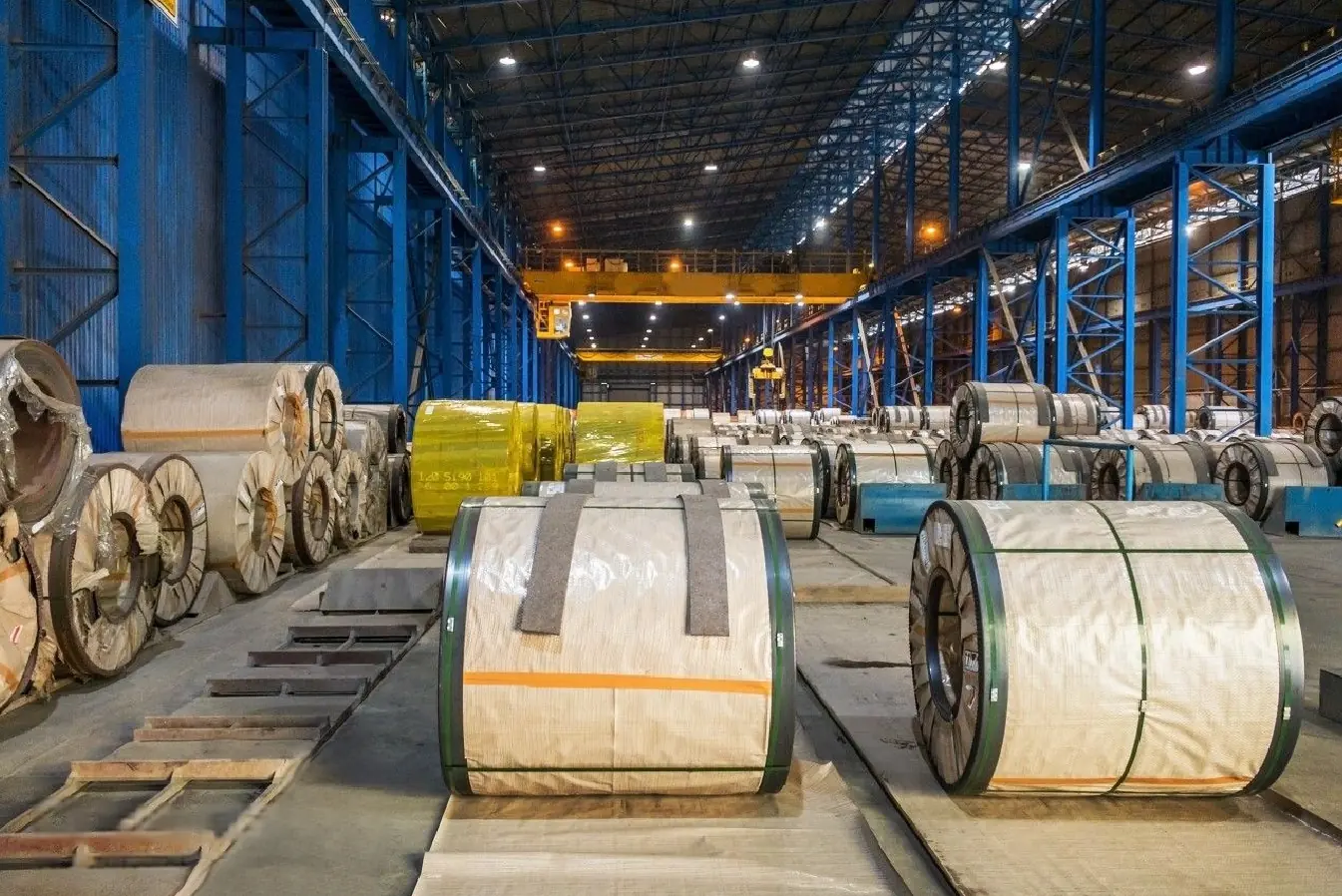
As the Global Business Director at MFY, I've seen firsthand how manufacturers grapple with material selection. The pressure to innovate while controlling costs has never been higher. Grade 430 stainless steel has emerged as a hero material in this landscape, especially for the mid-range market where consumers demand both quality and value. It’s not just about saving money; it’s about making a strategic choice that enhances your product's competitiveness. Let’s explore how you can leverage this versatile material effectively in your production lines.
What Are the Key Properties of 430 Stainless Steel Coils?
Not all stainless steel is created equal. Using the wrong type can cost you money and compromise product quality. Understanding 430's unique ferritic properties is the first step.
Grade 430 is a ferritic, non-hardenable stainless steel with good corrosion resistance and formability, plus magnetic properties. Its key advantage is its low cost due to the absence of nickel, making it an excellent alternative to 300-series grades in many applications.
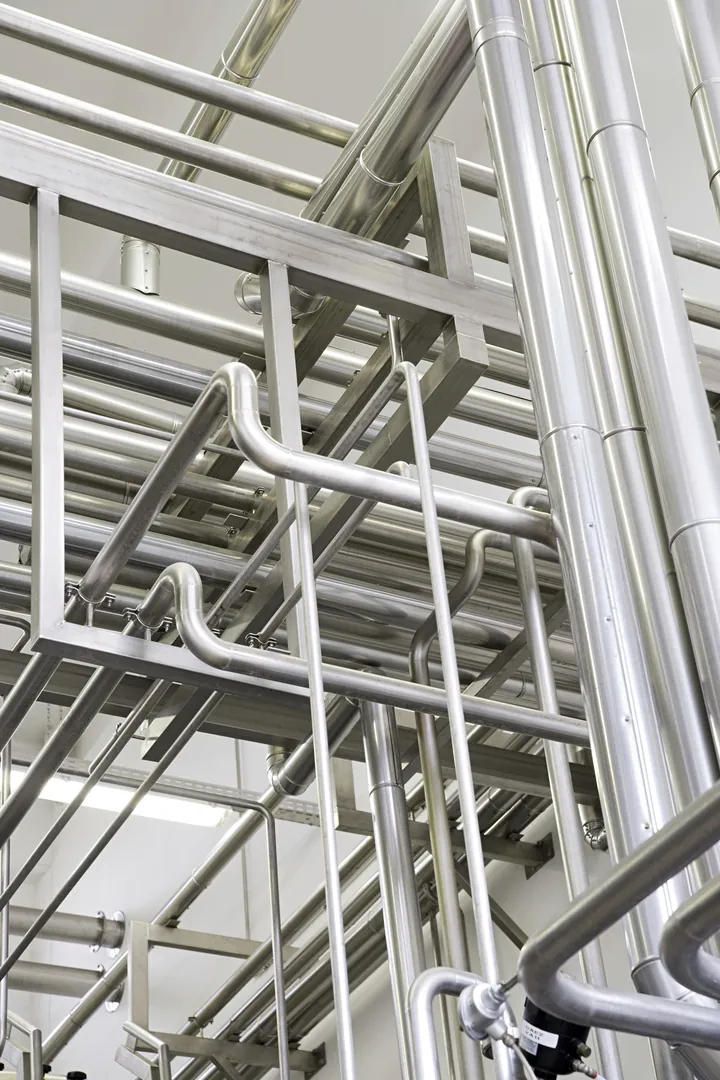
When my team and I consult with appliance manufacturers, the conversation often starts with the fundamental differences between grades. The choice of 430 steel is a strategic one rooted in its specific characteristics. Unlike the popular 304 grade, 430 belongs to the ferritic family of stainless steels. This has significant implications for its performance, cost, and application. By understanding these properties, you can make an informed decision that directly impacts your bottom line and product quality.
Composition and Cost-Effectiveness
The most significant differentiator for 430 stainless steel is its chemical composition. It contains chromium as its main alloying element but has a very low nickel content. Nickel is a volatile and expensive commodity, so its absence makes Grade 430 significantly more cost-effective and price-stable than austenitic grades[^1] like 304. This is a crucial advantage for manufacturers facing tight budget constraints, allowing them to produce high-quality, durable goods for the budget-conscious consumer without sacrificing the "stainless steel" look and feel.
Corrosion Resistance and Formability
While not as corrosion-resistant as 304, Grade 430 offers excellent resistance to many forms of corrosion, including nitric acid and organic acids found in foods. This makes it perfectly suitable for many kitchenware and appliance applications, such as refrigerator panels, dishwasher linings, and range hoods. It also exhibits good formability, allowing it to be easily bent, pressed, and drawn into complex shapes, which is essential for modern appliance design.
| Property | Grade 430 (Ferritic) | Grade 304 (Austenitic) |
|---|---|---|
| Nickel Content | ~0% | ~8% |
| Cost | Lower, more stable | Higher, more volatile |
| Corrosion Resistance | Good | Excellent |
| Magnetic | Yes | No |
| Typical Use | Appliance panels, kitchen utensils | Sinks, food processing equipment |
How Do You Select the Right Grade and Finish for Kitchenware?
The final finish affects both the look and function of a product. A poor choice can ruin the appeal and durability, disappointing customers. Match the finish to the specific application.
Select a finish based on the product's end-use and desired aesthetic. Use a bright, reflective finish like BA for decorative trim, and a brushed, durable finish like No. 4 for high-touch surfaces like refrigerator doors or control panels to hide fingerprints.

A product's visual appeal is often the first thing a customer notices. In the competitive appliance market, the right finish can elevate a product from "functional" to "desirable." I remember a client in Southeast Asia manufacturing microwave ovens. They were using a standard 2B finish for the exterior casing. We suggested a trial run using a No. 4 brushed finish. The change was purely aesthetic, but the perceived value of the product skyrocketed, allowing them to command a better price point. This is the power of selecting the right surface.
Common Finishes Explained
The finish of a stainless steel coil is not just about looks; it impacts cleanability, corrosion resistance, and manufacturing processes. Understanding the common options is key to making the best choice for your product.
- 2B Finish: This is a smooth, moderately reflective cold-rolled finish. It's the most common starting point for many applications and is often used for internal parts or surfaces that will be further polished.
- BA (Bright Annealed): A highly reflective, mirror-like finish produced by heat-treating in a controlled atmosphere. It's excellent for decorative trim, small appliances, and surfaces where high aesthetic appeal is critical.
- No. 4 Finish (Brushed): This is a polished finish with a directional grain. It's a workhorse in the appliance industry because it looks clean and professional while effectively hiding fingerprints and minor scratches, making it ideal for refrigerator doors, dishwasher panels, and countertops.
Matching Finish to Application
The key is to align the finish's properties with the product's function. You wouldn't use a delicate BA finish on a surface that will see heavy use and cleaning, just as you wouldn't use a dull 2B finish for a premium decorative element.
| Finish | Appearance | Common Applications in Appliances/Kitchenware |
|---|---|---|
| 2B | Smooth, matte | Internal components, dishwasher tubs, parts to be painted |
| BA | Bright, reflective | Toaster ovens, microwave trim, decorative accents |
| No. 4 | Brushed, directional grain | Refrigerator doors, control panels, range hoods |
How Should You Prepare 430 Stainless Steel Coils for Manufacturing?
Raw coils are not immediately ready for the production line. Improper preparation leads to costly defects, tooling damage, and material waste. Follow key steps for inspection, cleaning, and cutting.
Proper preparation involves inspecting the coil for defects, cleaning the surface to remove contaminants and protective films, and then precisely slitting or cutting the coil to the required widths and lengths for the subsequent forming processes.
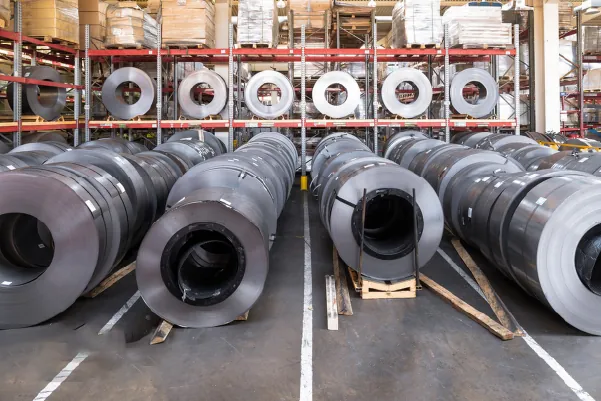
Success in manufacturing is often determined before the first part is even stamped. At MFY, our integrated supply chain includes state-of-the-art processing centers because we know that preparation is everything. A perfectly good coil of 430 steel can result in a high defect rate if it isn't prepared correctly. Surface contaminants can cause issues during welding, and incorrect slitting can lead to edge cracks during forming. Taking the time to get this stage right saves immense time and money downstream.
Initial Inspection and Cleaning
Upon receiving a coil, the first step is always a thorough visual inspection. Look for surface imperfections like scratches, rust, or dents that could affect the final product's quality. Most high-quality coils, like those we supply at MFY, come with a protective PVC or PE film. This film must be removed cleanly before processing. It's also critical to ensure the surface is free of any oils or lubricants from the rolling process, as these can interfere with stamping, deep drawing, and especially welding. A clean, pristine surface is the foundation of a quality finished product.
Slitting and Cut-to-Length Processes
Very few manufacturing operations use a full-width coil. Instead, the master coil is sent to a slitting line, where rotary knives cut it into narrower strips of a specific width required for a particular part. Alternatively, it may go to a cut-to-length line, which uncoils, straightens, and shears the material into flat sheets. Precision here is paramount.
- Slitting: The quality of the slit edge is crucial. A clean, burr-free edge prevents cracking during deep drawing or bending operations.
- Cut-to-Length: Accuracy in length and squareness ensures that the blanks fit perfectly into stamping dies, minimizing waste and ensuring consistent part dimensions.
| Preparation Step | Objective | Key Considerations |
|---|---|---|
| Inspection | Identify surface defects | Check for scratches, dents, and rust. |
| Cleaning | Remove contaminants | Ensure PVC film and residual oils are gone. |
| Slitting/Cutting | Achieve required dimensions | Demand high precision and clean, burr-free edges. |
What Forming Techniques Work Best for 430 Stainless Steel?
Forming 430 stainless steel has its specific nuances. Using the wrong technique or parameters can cause cracking or wrinkling, derailing your entire production line. Master the right methods.
The best forming techniques for 430 stainless steel in appliances are stamping and bending for panels and casings, and deep drawing for items like pots and sinks. Success depends on proper lubrication, tool design, and controlling material flow.
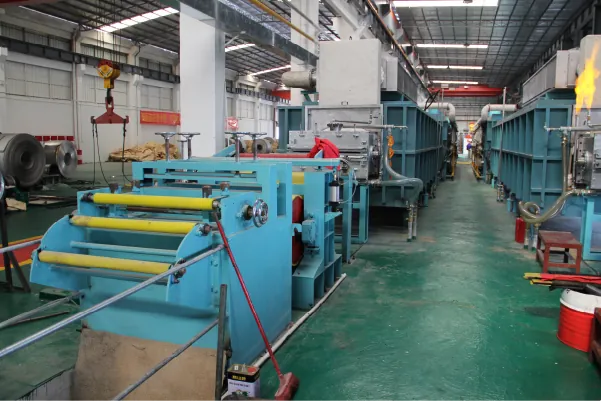
I once visited a partner in Brazil who was struggling with high scrap rates on refrigerator door panels. They were experiencing corner cracks during the stamping process. After reviewing their setup, we identified two issues: inadequate lubrication and incorrect blank holder pressure. By switching to a more suitable lubricant for ferritic steel and adjusting the press settings, their defect rate dropped to nearly zero. This experience highlights that while 430 is very formable, it requires a process tailored to its specific properties. It doesn't behave exactly like 304, and respecting that difference is key.
Deep Drawing for Sinks and Pots
Deep drawing is the process used to form flat sheets into deep, cup-like shapes, perfect for kitchen sinks, pots, and pans. Grade 430 performs well in deep drawing, but it has a tendency towards "earing"—the formation of wavy edges at the top of the drawn part. This is a natural characteristic of ferritic steels. It can be managed through:
- Proper Tool Design: Using the correct die radius and clearance.
- Blank Holder Pressure: Applying just enough pressure to allow material to flow smoothly without wrinkling.
- Lubrication: Using a high-quality drawing lubricant is non-negotiable to reduce friction and prevent tearing.
Stamping and Bending for Appliance Panels
For flatter components like appliance doors, side panels, and control panels, stamping and bending are the primary methods. Grade 430 has a lower work-hardening rate than 304, which means it requires less force to bend and form. However, it is slightly less ductile, so attention must be paid to the bend radius. A bend radius that is too tight can lead to "orange peel" texture or even cracking on the outer surface. As a rule of thumb, a minimum bend radius of 1.5 times the material thickness is a safe starting point. Using the right techniques ensures you get crisp, clean lines and perfectly formed parts every time.
How Can You Ensure Quality and Safety in Finished Products?
Final product quality is absolutely non-negotiable for consumers. A single safety failure or quality issue can damage your brand's reputation. Implement rigorous testing and compliance checks.
Ensure quality and safety by conducting thorough post-fabrication inspections for defects, maintaining full material traceability with MTCs (Material Test Certificates), and verifying that all components comply with international food-grade safety standards like FDA and LFGB.
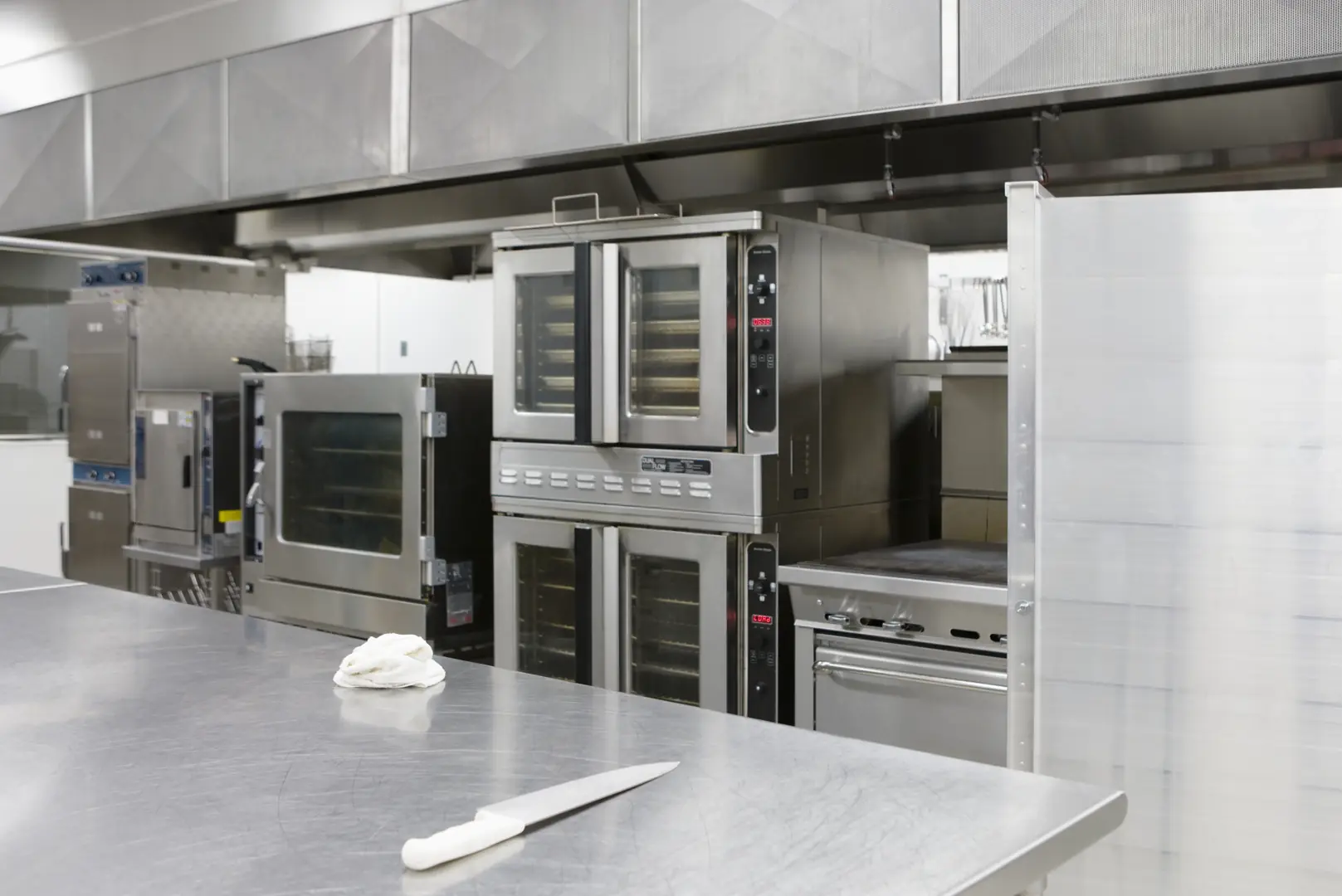
The job isn't done when the part comes off the press. The final stage—quality assurance—is where you protect your customer and your brand. At MFY, we live by this principle. We provide comprehensive MTCs with every shipment because we know our clients' success depends on the certified quality of our materials. This traceability is the backbone of a safe and reliable supply chain. It ensures that the 430 stainless steel in a dishwasher lining is not just any steel; it's the correct, certified grade for the job, guaranteed to be safe and durable for the end-user.
Post-Fabrication Inspection
After forming, welding, and assembly, every single product should undergo a series of quality checks. This is not a step to be rushed.
- Visual Inspection: Check for surface defects like scratches, dents, weld discoloration, or inconsistent finishes.
- Dimensional Check: Use calipers or gauges to ensure all parts meet the specified dimensions and tolerances.
- Functional Test: For assembled appliances, test all moving parts, doors, and latches to ensure they operate smoothly and correctly.
Material Traceability and Compliance
This is where safety becomes paramount, especially for any product that comes into contact with food.
- Material Test Certificates (MTCs): Always demand an MTC from your supplier. This document certifies the steel's chemical composition and mechanical properties, proving that you received the exact grade you ordered.
- Food-Grade Standards: Ensure the material complies with relevant international standards, such as those from the FDA (U.S. Food and Drug Administration) or LFGB (German Food and Feed Code). This is a non-negotiable requirement for kitchenware and the internal components of appliances like dishwashers.
| QC Checklist Item | Purpose | Method |
|---|---|---|
| Visual Inspection | Ensure aesthetic perfection | Manual check under good lighting |
| Dimensional Check | Guarantee proper fit and assembly | Use of calipers, gauges, CMM |
| Functional Test | Verify correct operation | Operate doors, buttons, and cycles |
| Certification Check | Confirm material safety and grade | Review the MTC from the supplier |
Conclusion
Applying 430 stainless steel is a strategic move. It delivers a cost-effective, durable, and attractive solution for modern appliances and kitchenware. By understanding its properties and mastering the right manufacturing techniques, you can gain a significant competitive edge, meeting consumer demands for both quality and value.
Have Questions or Need More Information?
Get in touch with us for personalized assistance and expert advice.
